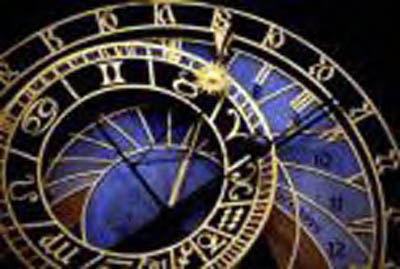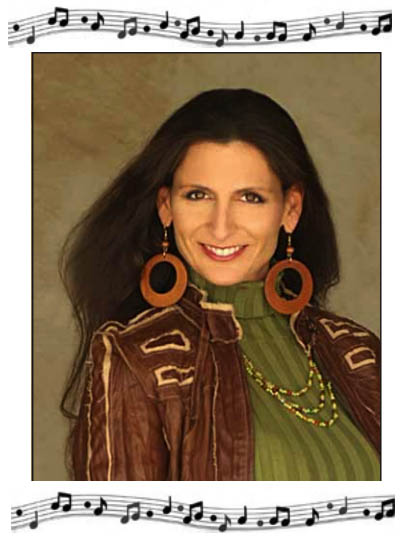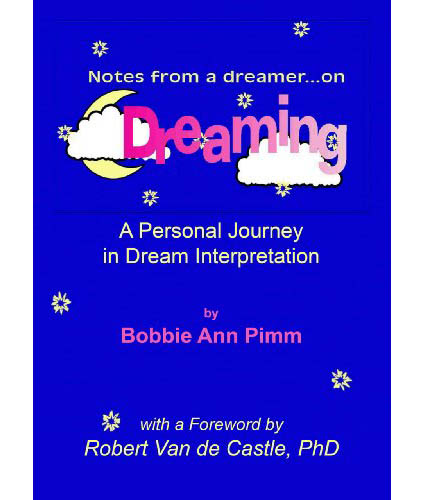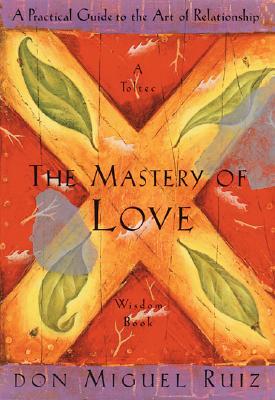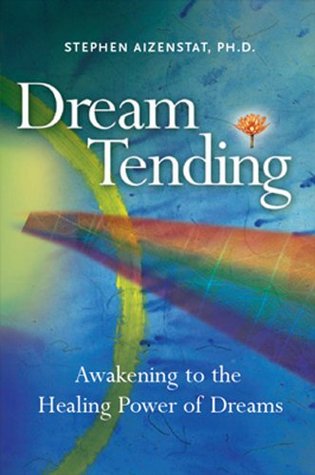
Lauren is the founder of the Institute of Dreams and Tarotpy® where she offers a 6-month training and certification program titled Tarotpy: An Innovative Approach to Depth Therapy and Dreamwork. She is also a contributing author for the book Ecotherapy: Healing with Nature in Mind. Tarotpy is included in the Encyclopedia for Sleep and Dreams, compiled out of Harvard.
Pioneered in 1983 by Lauren Z. Schneider, M.A., M.F.T., Tarotpy combines psychotherapy practices such as family systems, hypnotherapy, narrative therapy and dream work with ancient metaphysical tools for accessing our inner wisdom and innate capacity for healing. Tarotpy uses the rich archetypal imagery of Tarot, Dream Cards, Soul Cards, etc. to lay the unconscious on the table and engage the creative imagination in problem solving and psycho-spiritual development. While on the one hand, Tarotpy is a useful projective tool; on the other hand, there is evidence of an unconscious mastermind at play in the “random” selection of specific images. Like dreams, Tarotpy goes quickly to the heart of the matter, bringing into awareness emotional, behavioral and relationship patterns. For therapists, this is a highly effective method for individual and relationship counseling; and for laypersons Tarotpy is a powerful tool for meditation, guidance and transformation.
Bambi Corso: Having originally met you at a DreamTending training back in 1997, I have watched you develop your practice of Tarotpy and dreamwork. Can you share with the readers how this all began?
Lauren Schneider: In the summer of 1983, I left a well-paid job in television. Like the Fool of the Tarot deck, I walked off the conventional track and had no idea where I was going. One day, while I was standing at a bookstore, a stranger struck up a conversation. He held up this thick yellow book with tattered edges and explained that this was an ancient tool for guidance. He shared with me that thousands of years ago, the Chinese observed Nature with such great precision that they therefore came to understand the laws of the Universe. They observed that the same patterns in nature influence every level of existence, including family relationships, politics, social structures, and the individual psyche. Guided by these universal laws one could walk in harmony with life. Then, the man handed me his cherished traveling companion with the color pencil drawings in the inside flap, and diagrams for how to use the tool, and said, “You are supposed to walk with this now.”
I was still clueless as to why the man handed me this book or what it was about. The book was the I Ching, translated by Wilhelm and I was intrigued because of the introduction written by Carl Jung. I imagined that if the great pioneer of modern psychology had found value in this book, I might too.
Two weeks later, at a café, another stranger appeared, handing me a deck of Tarot with essentially the same message, “You are supposed to have this”. I learned the man’s name was Gary, a philosophy major who had recently dropped out of a Ph.D. program. He placed the 22 cards of the Major Arcana in order on the bar table and informed me that these archetypal images, laid out in progression, show the path of individuation. “Tarot is, above all, a symbolic system of selftransformation”, he explained. During that summer with nothing better to do, I met with Gary every three weeks to be tutored in the Tarot and the I Ching. He didn’t teach me how to interpret symbols and metaphors or instruct me about the traditional meanings of these oracular tools. He simply taught me how to randomly select images from the Tarot and to throw coins to determine the correct I Ching page to read in response to a question. Like poetry, the metaphors of this ancient text and the images from these medieval cards awakened my intuitive wisdom. These images and words illuminated my inner truth. I heard a deeper resonance in my voice when I said, “I need to sit on my backside for two months and then I will know what to do”.
My life completely changed as a result of these encounters with what I consider to be guardian angels, one whose name I never knew and the other who changed his name to an unpronounceable symbol.
BC: What an amazing example of synchronicity and destiny. So, you take this huge leap of faith, and in the free fall are basically caught by two strangers who both seem to have been divinely placed in your path. How did these two encounters affect your life and what happened next?
LS: At the end of that fateful summer, I entered a conventional Masters program in psychotherapy with the I Ching and the Tarot tucked in my pockets while I continued to get my degree and opened my own practice. I continued to use the I Ching almost daily for personal meditation and guidance; it has been a most reliable and wise teacher. Instead of any formal study of the Tarot, I applied psychotherapeutic theory and method, such as hypnotherapy, family systems, psychoanalysis, semiotics, and dream analysis for working with archetypal imagery.
BC: Can you say more about how the Tarot cards work therapeutically?
LS: Since the language of the unconscious is images, Tarotpy uses the rich symbolic imagery of Tarot, Dream Cards, and other archetypal images for the purpose of making the unconscious, with all its potentialities, conscious. The use of imagery bypasses rational constructs and engages unconscious process. When people are shuffling the cards, they automatically put themselves in a light trance. By focusing on the images of the cards, they defocus from the problem and relax the vigilant ego. Archetypal imagery is a projective tool, which invites a client’s associations and reveals concerns gently and without direct confrontation. Imagery seeds the unconscious so that insights can spontaneously burst into awareness; and new perspectives can unravel stuck beliefs and unconscious patterns. Tarotpy functions like a waking dream, so that no matter what image is selected, the client looks into a symbolic mirror that reflects back inner thoughts, beliefs, and relationship patterns. Tarotpy lays out a map of the inner Self.
BC: How did the idea of Tarotpy actually come about?
LS: Tarotpy evolved over 30 years and hundreds of case studies through inspiration, experimentation, play and “divine accidents”. Although I faced a lot of rolled eyes and disbelief from colleagues, I could not put these tools down. I have observed that this integrative method accelerates the course of psychotherapy, reducing what may take months of treatment to a few sessions. Like dreams, this interactive method of using Tarot cards allows us to access the realm of Soul, Intuition and Higher Consciousness.
BC: I know that you frequently get asked this question, but is Tarotpy a form of fortune telling?
LS: No, I am always mindful to use Tarotpy within the framework of psychotherapy. When someone asks me to make a prediction or to tell them the outcome of a situation, I gently direct them to explore the emotional, spiritual and relational meaning and impact of a situation or problem. Tarotpy highlights how our thoughts, beliefs, self-image, emotional energy and relationship dynamics shape the patterns of our outer lives. Tarotpy works because there is an interactive relationship between psyche (inner consciousness) and matter, i.e. the cards.
BC: How have you been able to integrate Tarotpy and dreamwork?
LS: As with dream work, the core principal of Tarotpy embodies a profound respect for the inherent wisdom, creativity and wholeness of the psyche (a term I use to describe both personal and universal consciousness.)
Every night, when ego is asleep, dreams open a window to our inner landscape and “soul’s code”. Dreams offer information about our body, mind and spirit in the service of our healing and wholeness. Beyond our personal development, dreams offer messages for the well-being of the community and planet as a whole.
Many clients, however, do not remember their dreams and a doorway into their inner wisdom and resources seems hidden. I use Tarotpy to stimulate imagination that may be otherwise blocked in some clients. Tarotpy allows us to access the intelligence of the dreaming mind with open eyes. Working with dreams, I came to understand that there is an intelligent organizing principle that generates images and narratives; this greater consciousness knows who we are and who we are meant to be beyond our conscious, familial and habitual self. Similarly, there appears to be an unconscious mastermind at play in the random selection of cards. This intelligent organizing principle comes in dreams, meditation, and waking life as meaningful events, relationships and synchronicities to help us live into our greatest potential and fulfill our unique destiny.
BC: Can you share an example of how Tarotpy works?
LS: In an ongoing dream group, one member named Lucy did not have a dream so I offered Tarotpy to do inner work. Lucy selected a deck from the thirty plus decks in my office. She randomly selected and placed a card in the center of the layout, which she called “the heart center”. The card said “King of Swords” and appeared to represent that a strong masculine or patriarchal character was central to her life. Lucy said that her dad was a very important role model.
What was most interesting was Lucy’s very specific connection to the father image in the card. In most decks, the patriarchal image of the King is usually from the Renaissance or ancient period in history. This King from the Karma Tarot deck is high tech, holding modern missiles. Below him read the words, Nuclear and Atom. Lucy’s father was in fact a nuclear scientist who worked on the atom. She explored how her father supports her but also represents too intellectual an approach to work; as a training psychotherapist, she needed to trust her emotional intelligence as much as her brilliant intellect. She did not want to move the card from her heart center. But, this Tarotpy session stimulated a series of dreams in which she lived next door to her father, shifting the overpowering influence to a more equal relationship.
The same creative resource for problem solving that comes in dreams also comes through the random selection of images. Images unlock the creative imagination and access an innate healing capacity.
BC: As a therapist, have you been able to integrate this idea of Tarotpy into your practice?
LS: Initially, I kept my regular therapy practice separate from Tarotpy. I was afraid that my license might be burned at the stake. I experimented with friends and colleagues and people came to me by word of mouth. Over time, I came to trust Tarotpy as a highly effective therapeutic method and began using it in my practice with individuals, couples, families and groups. With profound awe and respect for how psyche communicates, I continue to witness and document significant results with this method.
BC: We have discussed our mutual belief that everything is connected, that there is a relationship between all living things and that so many of us are feeling the effects of what is happening to the environment and the creatures that share this earth. Do you see this playing out in your Tarotpy and dreamwork sessions as well?
LS: Many of my clients are super sensitive; like the “canaries in the mine”, they feel deeply affected by the destruction taking place all over the world to people, the environment, and animals. We see signs of dysfunction daily in financial institutions, governmental bodies, shocking current events and apocalyptic movies that reflect our collective nightmares. Whether or not people consciously identify the source of their distress, there is now an official diagnosis called Eco-anxiety. Ecotherapy has become a large part of my practice as I work with clients to create inner balance and core resilience while living in an unstable world. I believe that the essence of pathology is the illusion of separation from oneself, significant others, community and nature. Dream work and Tarotpy restore the experience of wholeness and belonging to an intelligent, interconnected field; and offer healing images, not only for the individual client, but also for the culture as a whole.
